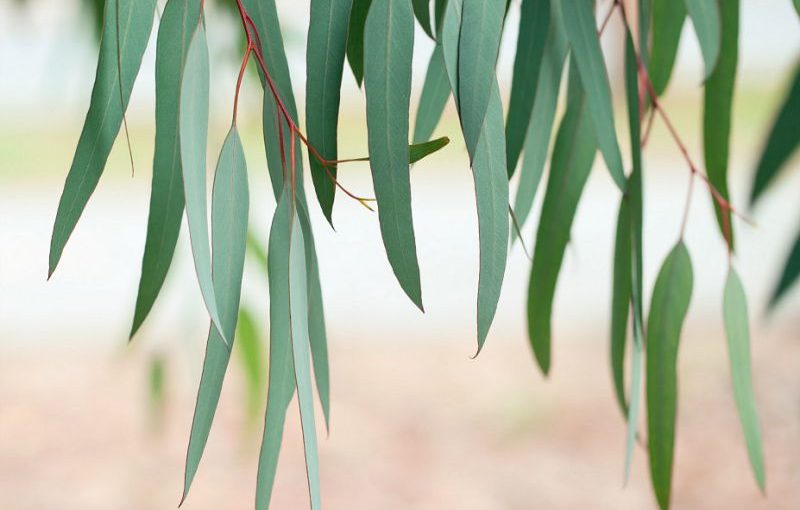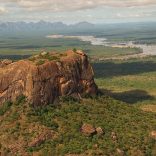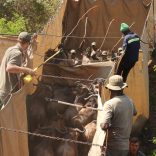Mozambique: Niassa Lion Project says two scouts are still missing
Disappearance of medicinal plants in central Mozambique affecting traditional healers

Lusa (File photo)
Traditional healers and pharmacies in the central Mozambican province of Manica have begun to feel the effect of a scarcity of traditional medicinal plants.
These are plants that are attributed medicinal properties, and rising prices are the first effect of the scarcity of roots and herbs on the shelves, herbalists and healers have told Lusa.
The tiny wood-and-zinc stalls in the main popular market and numerous street vendors in Chimoio, the capital of Manica, are increasingly unable to supply rare roots and medicinal plants for the cure of love troubles, curses, and diseases.
“Some medicinal plants are on the verge of extinction. We are beginning to feel the effects, and we are worried about the scenario because it threatens our profession and activity,” Moisés Parange, president of the Mozambican Association of Herbalists (Aermo) in Manica, said. The scarcity of roots and plants has started to make treatments expensive, he added.
A 2015 joint study on medicinal plants in Mozambique by Eduardo Mondlane University and the Institute for Tropical Scientific Research in Lisbon reported that about 15 percent of total plant genetic resources (estimated at about 5,500 plant species) in Mozambique are used by rural communities for medicinal purposes, and play a key role in basic health care.
The study warned of the danger of extinction of certain species and called for the establishment of a conservation programme to recover and preserve the remainder of the heritage.
Two years later, the reality on the ground is beginning to have an effect on herbalists and healers.
Parange said the state policy of land distribution for forestry projects is reducing the area available for plant and root harvesting, with species losing their habitats to eucalyptus and pine trees.
Uncontrolled burning for hunting and the creation of vegetable gardens is also decimating many medicinal plant species, which are now only found in distant areas of Manica or in the neighbouring provinces of Sofala and Tete, he added.
“The people who harvest and sell to us no longer bring in certain species, or when they do, it costs two or three times as much. Many go long distances, including into the mountains, to find certain plants,” said traditional doctor Inês Cameia, reeling off a long list of the plants and roots missing from her pharmacy.
Armando Capece, another traditional doctor who has spent 20 years harvesting medicinal plants in the woods and mountains of Gondola, Sussundenga and Manica, now spends two or three times as much time collecting the same amount of plant matter.
“I now have to go a much further to harvest the plants,” he told Lusa, concerned that the scarcity of plants and roots could jeopardise the work of herbalists and healers.
His traditional pharmacy on one of the busy alleys of the ’38 Milímetros’ market has already seen a significant reduction in the number of products, due to the scarcity of some roots.
“You can be a healer and do spells, but what cures is the plants, and when the supply of plants begins to dry up, it constitutes a risk to patients and to our activity,” Parange says, for whom traditional medicine makes a great contribution to public health in Mozambique.
Faced with shortages, Parange, who dedicated his youth to finding medicinal herbs, has begun planting certain rare species of medicinal plants in his home garden in order to preserve them.
According to the World Health Organisation, 80 percent of people in developing countries still rely on local herbal medicines to meet their primary health needs.












Leave a Reply
Be the First to Comment!
You must be logged in to post a comment.
You must be logged in to post a comment.